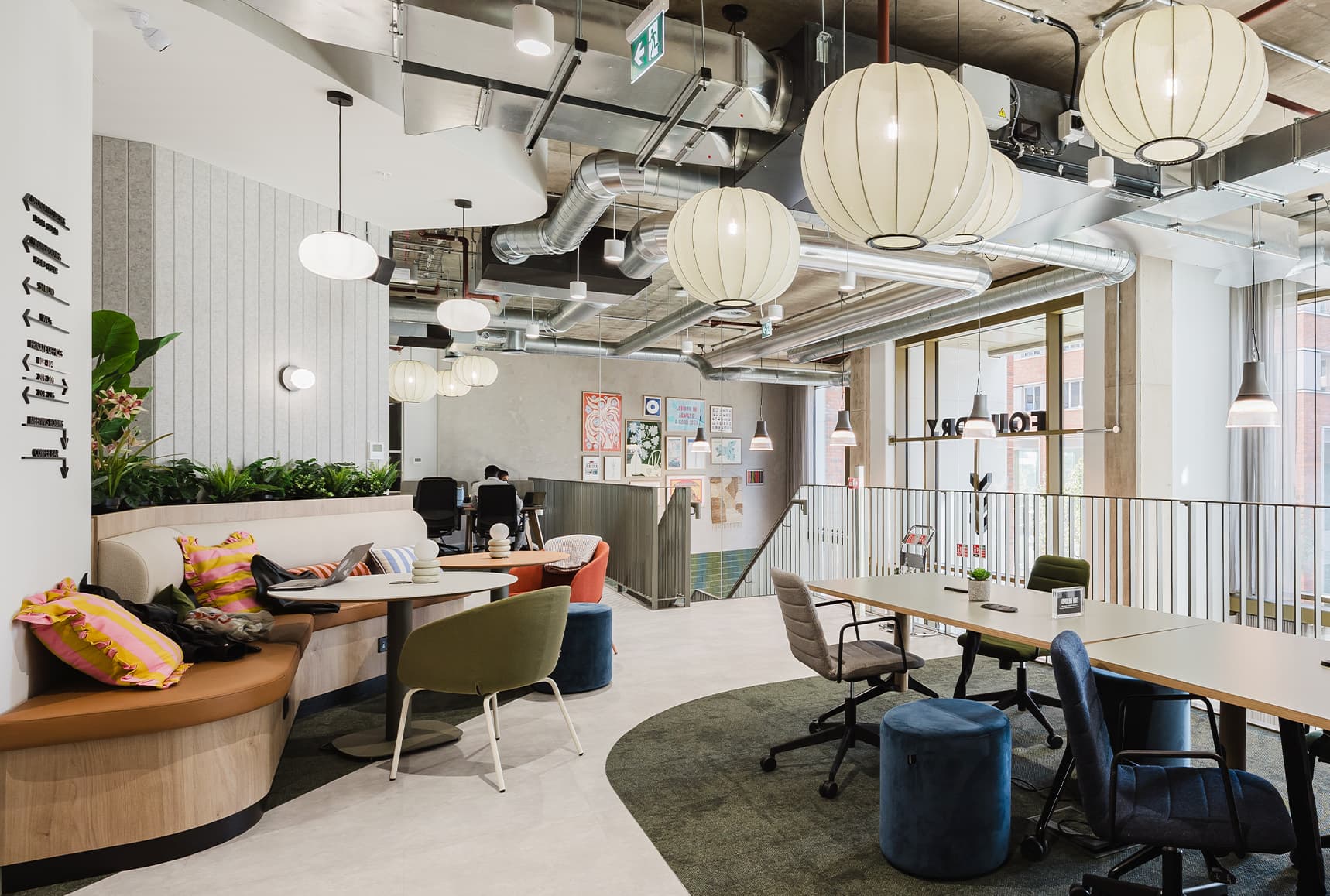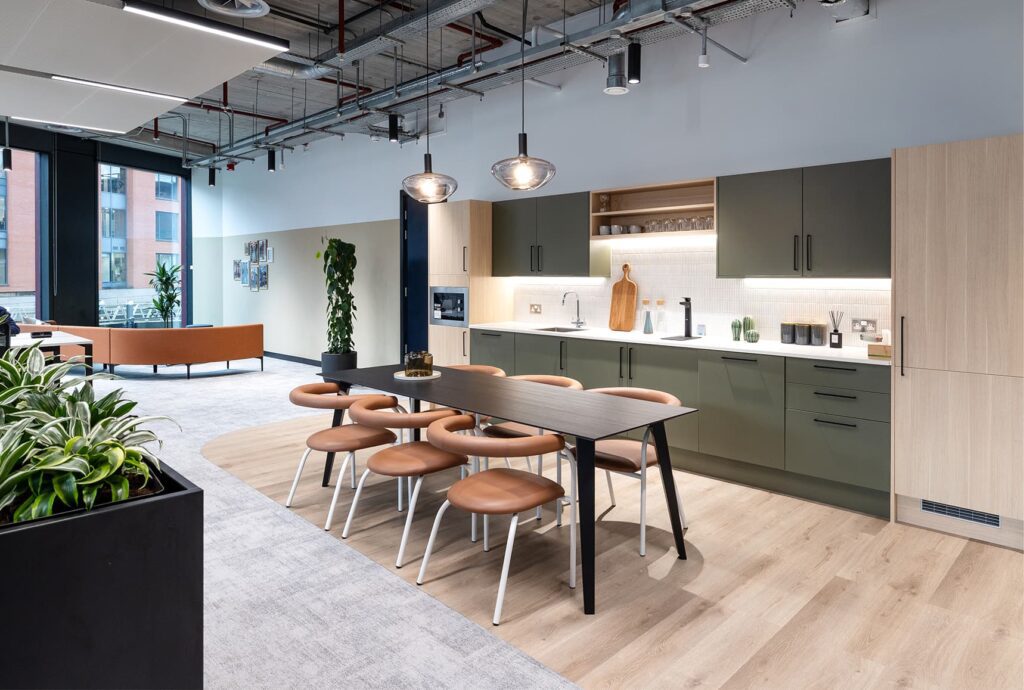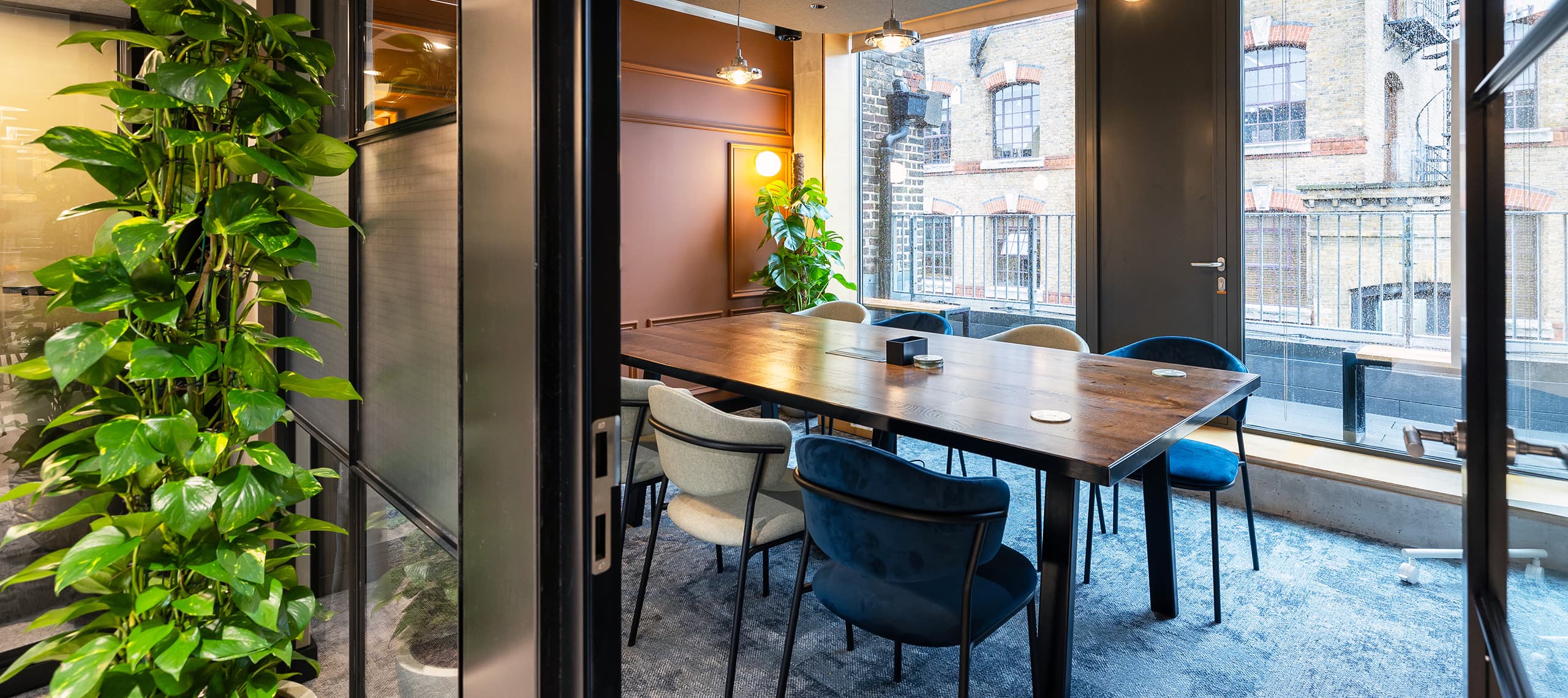The future of office leasing: A guide for landlords
There’s no denying that the commercial office lease landscape is undergoing rapid transformation. Economic shifts, the rise of the hybrid work model, and evolving tenant expectations are reshaping the office leasing market. Traditional, long-term leases are becoming less attractive, and businesses are demanding more flexibility, sustainability, and well-designed workspaces that enhance employee experience.
Vacancy rates have fluctuated as businesses reassess their office needs, with many opting for smaller, high-quality spaces instead of expansive, underutilised floor plans. Leasing demand is being driven by companies seeking adaptable, amenity-rich offices that can accommodate hybrid work schedules while supporting collaboration and productivity.
For commercial landlords, these changes necessitate a strategic rethink of office leasing. To remain competitive in 2025 and beyond, landlords must align their commercial office lease offerings with modern business needs, integrating flexibility, cutting-edge design, and sustainability into their strategies.
Understanding the modern office tenant: What are businesses looking for?
Today’s tenants are prioritising flexibility, sustainability, and an enhanced workplace. For many, the work space is now a strategic instrument for drawing in and keeping top talent, not merely a physical place. Reinforcing company culture, and driving innovation is a high priority.
Key factors driving tenant decisions:
Hybrid work adaptability
Offices must cater to hybrid workforces by incorporating modular layouts, flexible seating arrangements, and technology that supports seamless remote collaboration. Businesses now seek office leasing solutions that prioritise dynamic workspaces, shared desks, and adaptable meeting rooms that align with the evolving nature of the workplace.
Sustainability demands
Tenants prioritise energy-efficient buildings that align with corporate sustainability goals. Features like green certifications, renewable energy sources, and smart energy management systems are essential. Landlords who invest in ESG-focused office renovations will attract long-term tenants committed to environmental responsibility.
Workplace experience
The modern office must strive towards employee welfare, creativity, and collaboration. Tenants expect high-quality amenities, wellness areas, ergonomic furniture, and social spaces that enhance engagement and productivity. Offices with biophilic design, excellent air quality, and soundproofing provide a superior work environment that helps businesses attract and retain top talent.
Data-driven insights
Industry reports indicate a rising preference for shorter, more flexible lease terms, with companies prioritising quality over quantity in their real estate portfolios. Businesses are actively seeking office leasing solutions that provide scalability, efficiency, and sustainability. Data shows that commercial office lease agreements incorporating adaptive workspaces and ESG-compliant buildings are outperforming traditional office setups. The demand for technologically advanced, wellness-oriented, and environmentally responsible office renovation design is at an all-time high. Landlords who leverage market data to refine their leasing strategies can optimise tenant attraction, enhance occupancy rates, and achieve long-term financial stability in a rapidly evolving landscape.
How to lease office space in 2025
The office leasing market in 2025 presents new challenges and opportunities for landlords. Businesses are seeking spaces that reflect their operational needs, workforce dynamics, and corporate values. Hybrid work models and flexible layouts, such as modular designs, hot-desking zones, and communal areas, are reshaping demand. Landlords must shift from static, long-term lease structures to more adaptive arrangements, such as hybrid lease models that balance long-term security with flexibility. These models should incorporate features like early break clauses, rolling renewals, and adaptive rent structures that allow businesses to scale operations up or down.
Additionally, coworking spaces are becoming an integral part of the office leasing landscape. Startups and established corporations alike are seeking office spaces that can adapt to their evolving needs. Offering a mix of coworking spaces and traditional leases will ensure that landlords’ office leasing portfolios appeal to a diverse range of tenants. This flexibility is crucial to attracting both short-term and long-term tenants, allowing office spaces to evolve with changing work styles.

Commercial lease tips for landlords
To maximise rental yields and mitigate risks, landlords must proactively manage leasing agreements and potential pitfalls.
Common lease challenges to watch out for
Dilapidations & end-of-lease restoration fees
Tenants may be responsible for restoring an office space to its original condition at lease expiry, but disputes over dilapidations often arise. Landlords should clearly define these obligations within the commercial office lease agreement to prevent unexpected costs and ensure transparency.
Service charge disputes
Ambiguities in service charge structures can lead to disputes between landlords and tenants. Clearly defining cost allocations and service charge caps in the lease can prevent legal conflicts, ensuring a smooth leasing experience and protecting landlords from unexpected financial liabilities.
Navigating lease negotiations
Well-drafted lease terms ensure financial stability and asset protection while remaining attractive to tenants. Key provisions should cover maintenance responsibilities, break clauses, and tenant obligations, preventing costly disputes. A clear commercial office lease agreement helps landlords mitigate risks while providing tenants with the clarity they need for long-term occupancy.
Rent escalation strategies
Implementing index-linked rent increases ensures that rental values remain competitive while protecting against inflation. Fixed rent bumps provide predictability for tenants, but landlords should balance structured increases with market trends to avoid deterring potential lessees.
Handling subleasing requests
Subleasing can be a beneficial arrangement if properly structured. Landlords should incorporate clauses to regulate subleasing terms and ensure that new occupants align with property standards, maintaining control over the tenant mix while offering flexibility.
The role of office renovation design in lease success
Investing in office renovation design can significantly boost lease rates and attract long-term tenants. Modern, high-specification workspaces are outperforming outdated office buildings.
Smart tech integration
Implementing IoT-enabled lighting, touchless entry systems, and energy-efficient HVAC solutions can significantly enhance office functionality. These features not only improve energy efficiency and reduce operational costs but also create a modern work environment that appeals to tenants seeking cutting-edge office leasing solutions.
Biophilic design elements
Introducing greenery, maximising natural light, and incorporating open-air workspaces improve workplace aesthetics and employee well-being. Studies show that offices designed with biophilic elements lead to higher productivity and lower absenteeism, making such spaces more attractive in a competitive commercial office lease market.
Wellness-focused improvements
Enhancing air quality, incorporating soundproofing, and integrating ergonomic workstations create a healthier office environment. Modern tenants prioritise employee comfort, and office renovation design that supports physical and mental health can command higher lease rates while increasing long-term occupancy stability.
Pre-leased fit-outs
Offering move-in-ready spaces with high-quality office fit-outs increases the likelihood of attracting premium tenants. Businesses prioritise spaces that reduce downtime and operational disruptions, making pre-fitted offices a desirable option. By investing in office renovation design, landlords can ensure their properties meet the evolving needs of modern companies while commanding higher lease rates.

Social and campus-style spaces
Integrating social and campus-style amenities such as gyms, cafés, and salons into the ground floor of commercial properties offers significant benefits for both landlords and tenants. These amenities create additional revenue streams for property owners while fostering a vibrant, interconnected tenant community. By enhancing the daily experience of occupants, such features contribute to higher tenant satisfaction and retention. For instance, on-site fitness centers have been linked to improved employee morale and productivity, as they promote physical health and fitness. Similarly, incorporating dining options and wellness services transforms office buildings into dynamic environments that support both work and leisure, these mixed use spaces make them far more attractive to prospective tenants.
Building a resilient office leasing strategy
In the shifting commercial office lease landscape, landlords who adapt to tenant needs and market trends will get ahead. By offering flexible, well-designed, and sustainable office spaces, landlords can secure high-quality tenants and future-proof their investments.
Looking to enhance your office leasing strategy? Contact Interaction today to discover how innovative office design and strategic leasing solutions can maximise your property’s potential.



